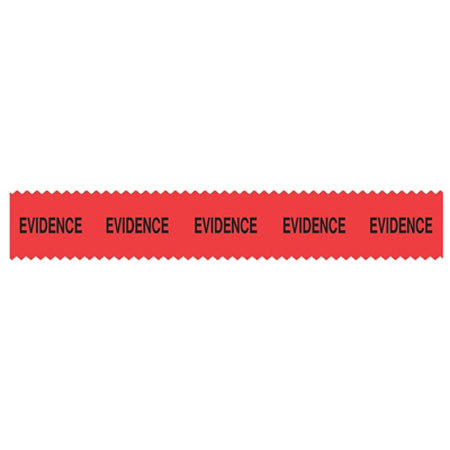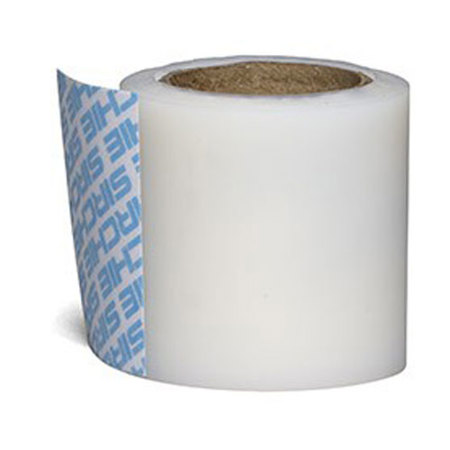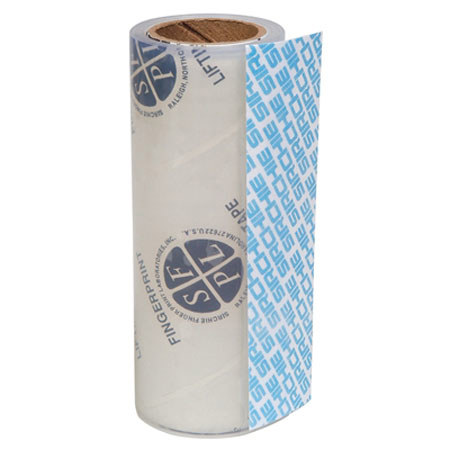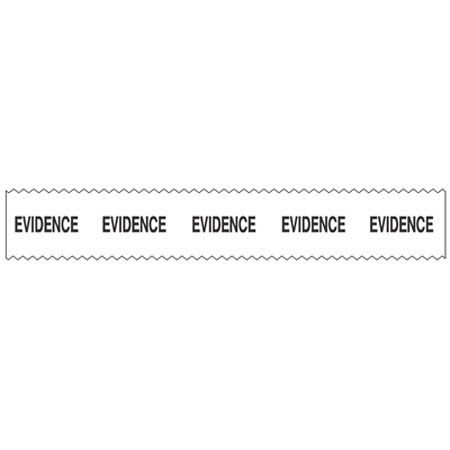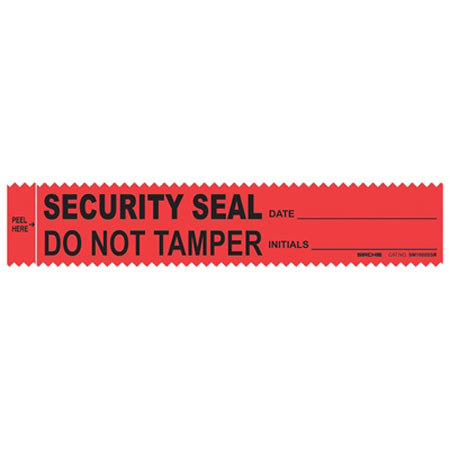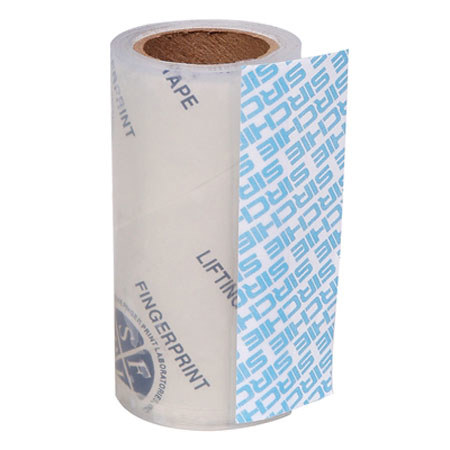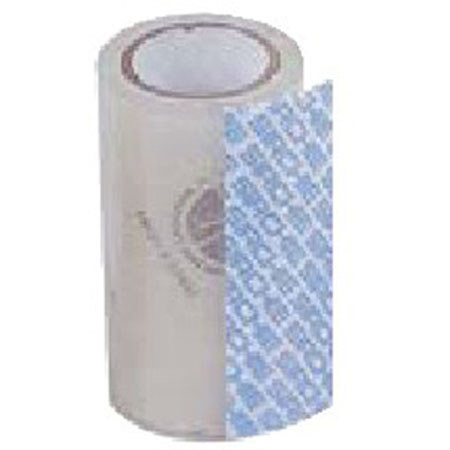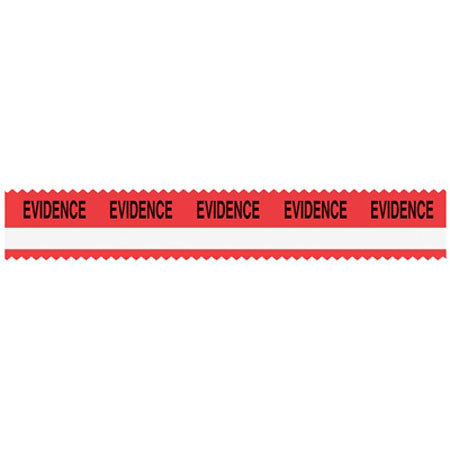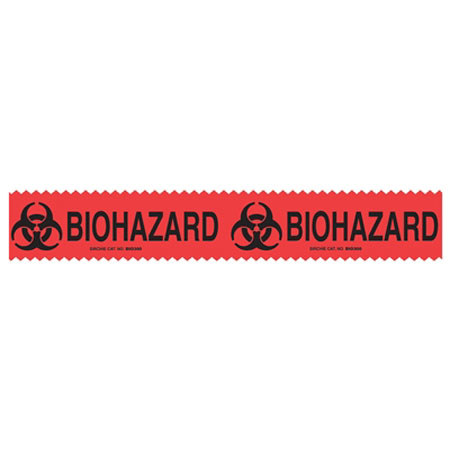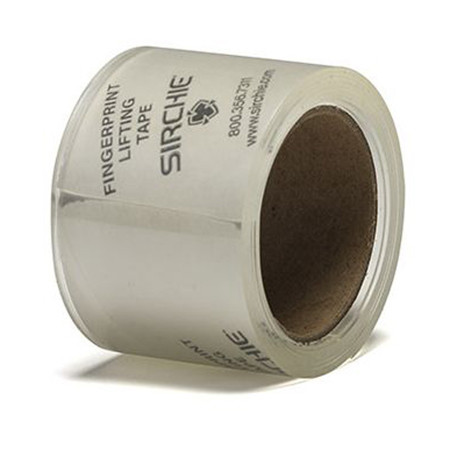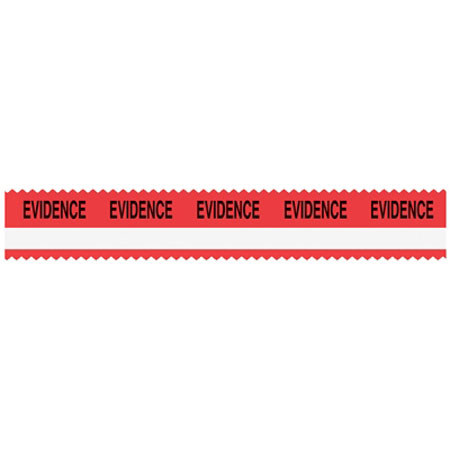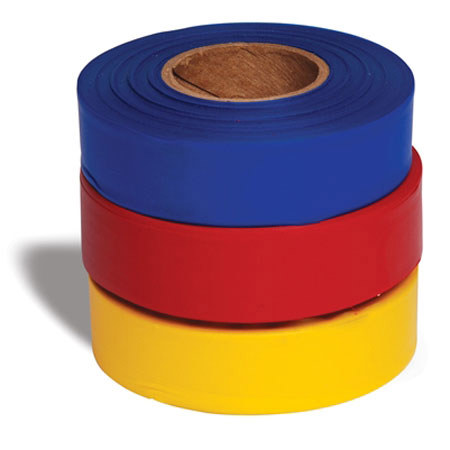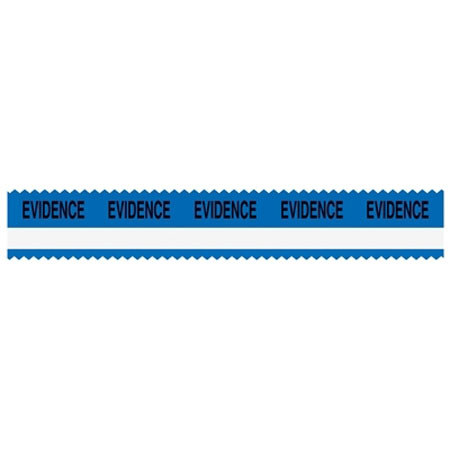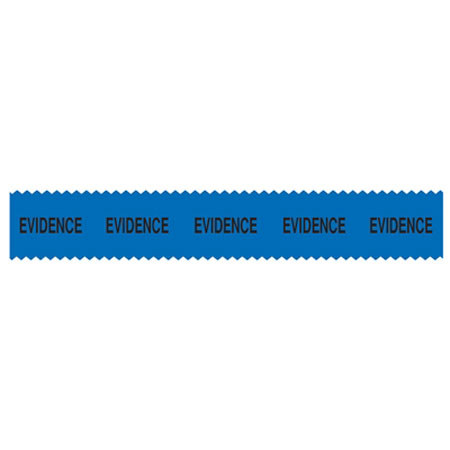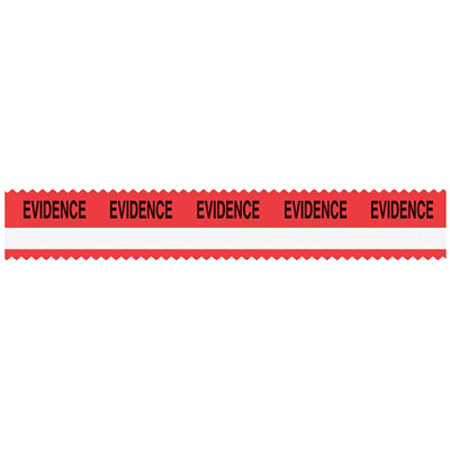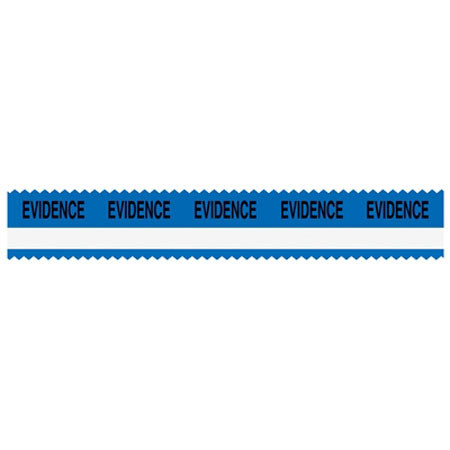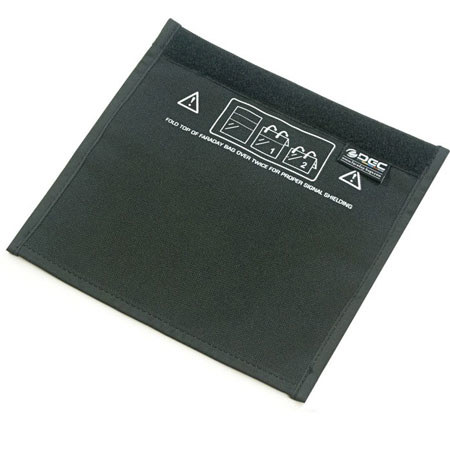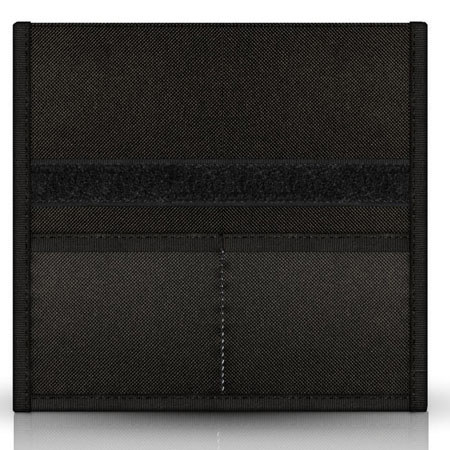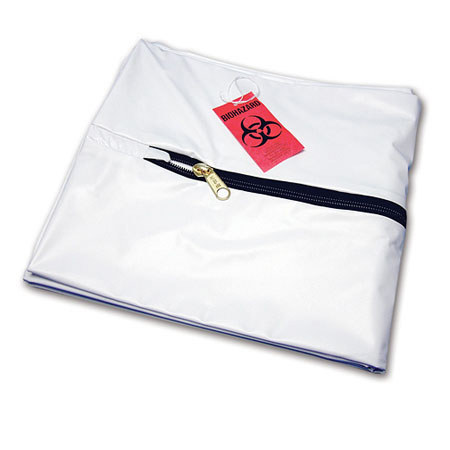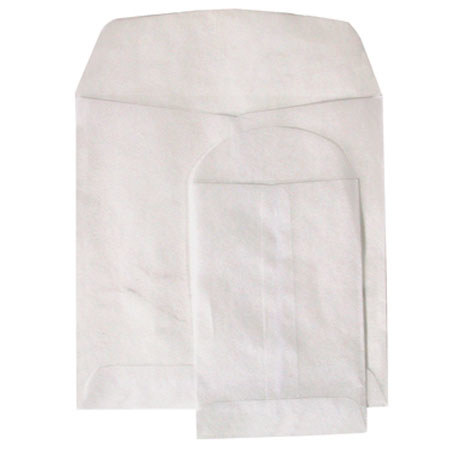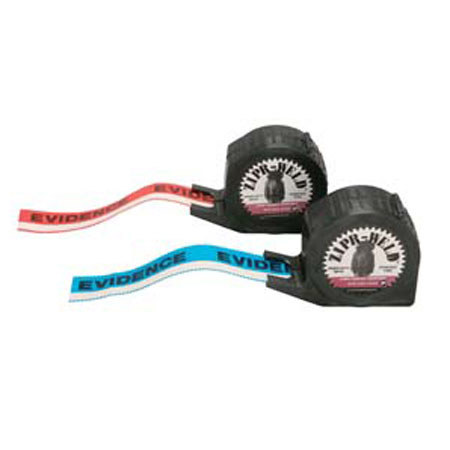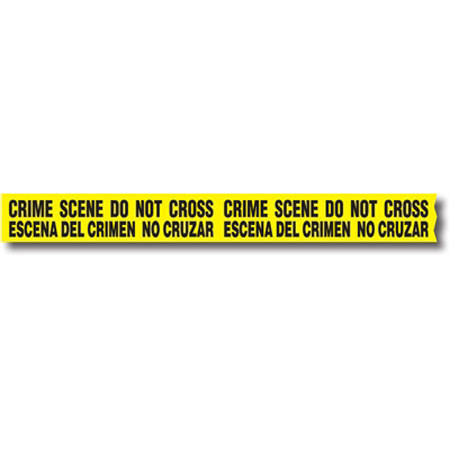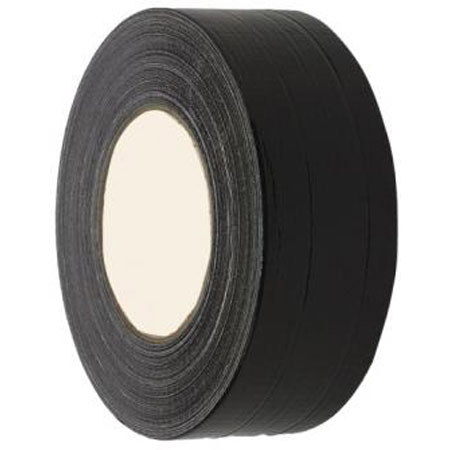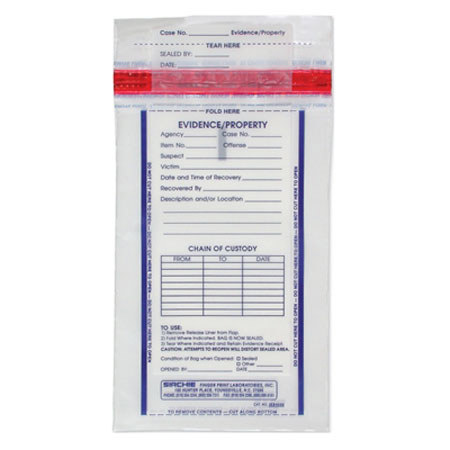Evidence Tapes
Evidence tape plays a crucial yet often understated role in the chain of custody for law enforcement, forensic professionals, security teams, and anyone tasked with the preservation of important materials. Its primary function is to seal evidence securely, ensuring that any attempt at tampering is immediately evident. This is especially vital in legal and investigative contexts, where even the smallest compromise in evidence integrity can have significant implications for a case. The summer months, with their higher temperatures and increased activity, can present additional challenges for evidence storage and transport. Heat and humidity can affect ordinary adhesives, but evidence tapes are engineered to withstand environmental fluctuations, maintaining their bond and security. Whether you’re working at an outdoor crime scene under the July sun or managing evidence in a climate-controlled facility, the reliability of your tape can make all the difference.
Understanding what is the purpose of evidence tape is essential for anyone involved in the handling or transfer of sensitive materials. Beyond law enforcement, evidence tape finds its place in museums, archival settings, laboratories, and even educational institutions, where maintaining the authenticity and security of samples or artifacts is paramount. For those new to the field, it’s important to consider features like tamper-evident designs, unique serial numbering, and compatibility with various surfaces. Some tapes are designed to leave a visible mark or message if removed, while others offer writable surfaces for labeling and documentation. Professionals often recount situations where a properly sealed package provided the indisputable proof needed in an investigation, or where the lack of an adequate seal led to unnecessary complications. For students or trainees, receiving a set of evidence tapes can be an invaluable gift, equipping them with the tools to practice proper chain of custody protocols from the outset.
Selecting the right evidence tape means evaluating the specific needs of your environment and workflow. Consider the types of materials you’ll be sealing—plastic bags, cardboard boxes, glass containers—and the conditions they’ll face during storage or transit. Durability, adhesive strength, and clear tamper indicators are all critical factors. In high-traffic labs or busy field operations, having rolls of evidence tape readily available streamlines the documentation process and enhances accountability. For those managing multimedia or digital evidence, it’s worth exploring related solutions like Camera Tapes, which are specially designed for securing and labeling media storage devices. Whether you’re a veteran investigator, a museum curator, or a student embarking on a new educational journey, investing in high-quality evidence tape is a practical step toward ensuring the integrity and security of your most important materials, regardless of the season.
Understanding what is the purpose of evidence tape is essential for anyone involved in the handling or transfer of sensitive materials. Beyond law enforcement, evidence tape finds its place in museums, archival settings, laboratories, and even educational institutions, where maintaining the authenticity and security of samples or artifacts is paramount. For those new to the field, it’s important to consider features like tamper-evident designs, unique serial numbering, and compatibility with various surfaces. Some tapes are designed to leave a visible mark or message if removed, while others offer writable surfaces for labeling and documentation. Professionals often recount situations where a properly sealed package provided the indisputable proof needed in an investigation, or where the lack of an adequate seal led to unnecessary complications. For students or trainees, receiving a set of evidence tapes can be an invaluable gift, equipping them with the tools to practice proper chain of custody protocols from the outset.
Selecting the right evidence tape means evaluating the specific needs of your environment and workflow. Consider the types of materials you’ll be sealing—plastic bags, cardboard boxes, glass containers—and the conditions they’ll face during storage or transit. Durability, adhesive strength, and clear tamper indicators are all critical factors. In high-traffic labs or busy field operations, having rolls of evidence tape readily available streamlines the documentation process and enhances accountability. For those managing multimedia or digital evidence, it’s worth exploring related solutions like Camera Tapes, which are specially designed for securing and labeling media storage devices. Whether you’re a veteran investigator, a museum curator, or a student embarking on a new educational journey, investing in high-quality evidence tape is a practical step toward ensuring the integrity and security of your most important materials, regardless of the season.
